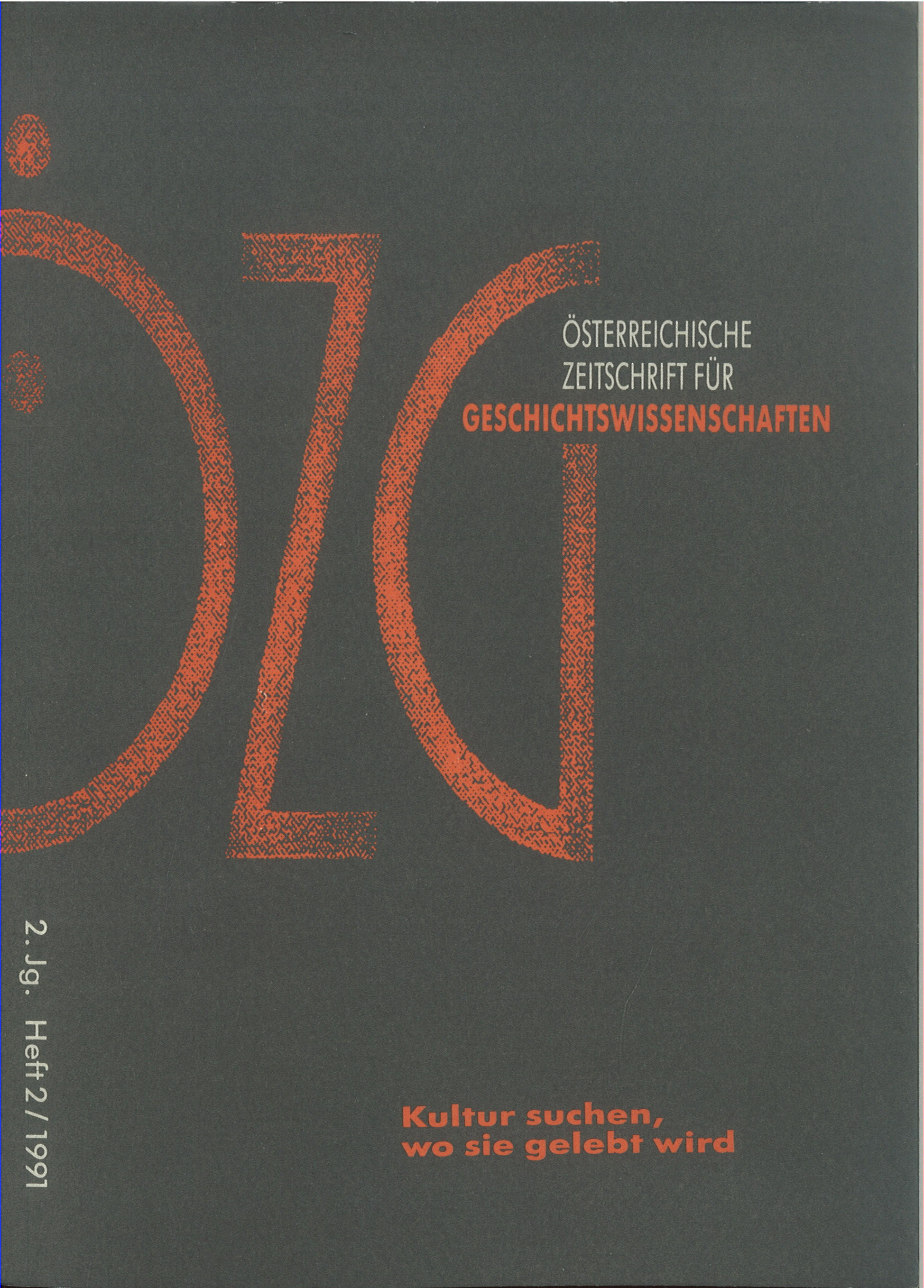Frühes Kino im Arbeiterbezirk
Ein neues „Volksvergnügen“ im Spannungsfeld von Kulturindustrie, Arbeiteralltag und Arbeiterbewegung
DOI:
https://doi.org/10.25365/oezg-1991-2-2-5Abstract
Before World War I cinemas were connected with popular culture in three ways: first, the traditional importance of the visual within the lower classes, second, the workers curiosity about technical innovations, third, the roots of cinema in traditional forms of popular entertainment like the fair ground. The author gives an outline of small popular cinemas in a working class district of Berlin (Neukölln) around 1910. At that time the topics of short films were taken from everyday life of the lower classes in order to attract these people. A „commentator“ assisted the audience to understand the story, the film cuts and the discontinuities in the sequence of time; with the help of his comments the lower classes became familiar with the new medium. During and after World War I the short films were replaced by evening-long films, the cinemas became larger and the topics changed from daily life to ,social drama’; the film-star was born.


